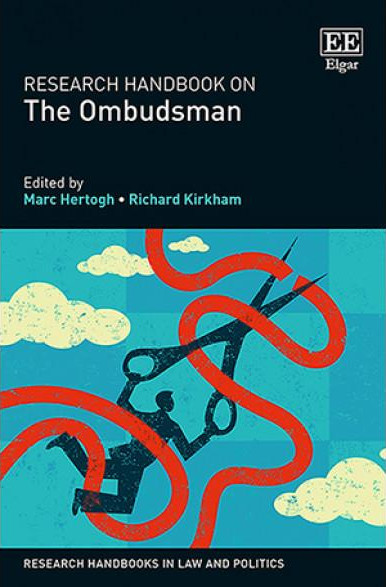
While women worldwide are offered protections from gender-based discrimination and violence through various national ombuds institutions, those bodies have much more work to do before women everywhere truly have access to justice, says a Faculty of Law professor who has reviewed the ombuds' efforts.
"Part of the problem is that there are so many issues that have to be dealt with (by ombuds institutions) and gender and women's rights issues tend to fall by the wayside," said Linda Reif, an authority on international human rights law.
In research aligned with the University of Alberta's first signature area, Intersections of Gender, in 2017 Reif reviewed data from European and English-speaking Commonwealth countries, to discover where the strengths and weaknesses lie in different types of ombuds institutions.
About half of all ombuds institutions have specific mandates to protect and promote human rights. They are national human rights institutions (NHRIs). The rest do not have such mandates, but their responsibilities may include child protection and whistleblower protection, safeguards which also support women's rights. They are classic-based ombuds (CBs).
While neither NHRIs or CBs have legally binding powers, they do possess unique properties that could enhance women's rights if applied more frequently, Reif found.
Both NHRIs and CBs can launch investigations involving gender-based violence, saving a complainant court costs.The ombuds can also investigate discrimination and violations concerning economic, social and cultural rights, issues that courts don't deal with. "So, health rights, education, housing issues, that type of thing," said Reif.
NHRIs are invaluable at promoting women's rights through education, research and by raising public awareness, she said. And both NHRIs and CBs can refer to international human rights law, including provisions of CEDAW (the UN Convention on the Elimination of All Forms of Discrimination Against Women). Its definitions of womens' rights extend protections for female prisoners, girls and rural women.
Reif says the tools and flexibilities inherent in ombuds institutions' mandates are advantages. She recommends they be used more often, in a chapter published in Research Handbook on the Ombudsman (M.L.M. Hertogh and Richard Kirkham, eds, Edward Elgar 2018).
She suggests ombuds institutions launch more 'own-motion" investigations, put more women in senior leadership roles of ombuds institutions, and make "gender mainstreaming" a priority. Through gender mainstreaming any policy, legislation or program implemented by a government or legislative body must be assessed for how it affects people of different genders.
Another action with great potential to bolster women's rights is for ombuds to widely recognize the negative effects of intersectional discrimination, which is when women with additional identities, such as race, sexual orientation or ability, suffer compounded discrimination.
Finally, countries must commit to funding and to staffing their ombuds institutions with strong leaders. "In some countries (the leaders) are afraid of being too critical because they can lose their position or their funding can be cut," said Reif.
Ultimately, ombuds institutions must keep women's rights issues in mind, Reif says, because women, many living in rural or isolated places, are among the most vulnerable of any population.